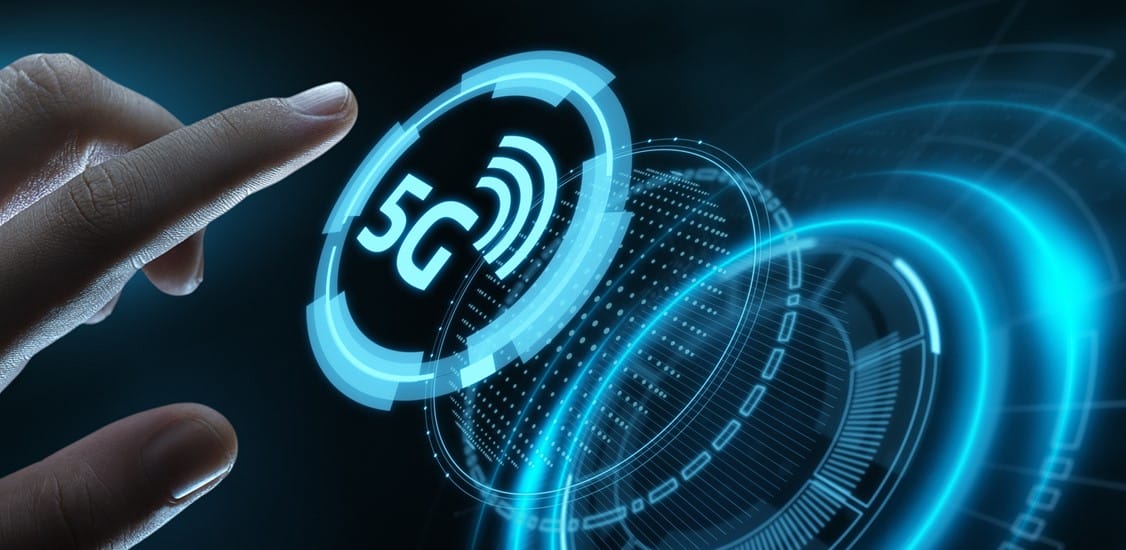
5G technology is the fifth generation of mobile networks that promises to revolutionize the way we communicate and access the internet. The technology was officially launched in 2019 and is now being rolled out globally, offering faster speeds, lower latency, and improved network capacity. In this blog, we will take a closer look at 5G technology and its potential impact on our daily lives.
The first thing to note about 5G is that it is much faster than previous generations of mobile networks. In fact, 5G is expected to offer speeds that are up to 100 times faster than 4G, allowing users to download large files and stream high-quality video content with ease. This will be particularly beneficial for users who rely on mobile devices for work or entertainment, as it will allow them to complete tasks quickly and efficiently.
Another important aspect of 5G is that it offers lower latency, which refers to the time it takes for data to travel from one point to another. Latency is critical for real-time applications, such as online gaming, augmented and virtual reality, and telemedicine. With 5G, users can expect latencies of just a few milliseconds, which is a significant improvement over previous generations of mobile networks.
In addition to faster speeds and lower latency, 5G technology also offers improved network capacity. This means that more devices can be connected to the network at once, without experiencing any degradation in performance. This is especially important in dense urban areas where large numbers of people are using mobile devices at the same time. With 5G, networks will be able to handle the increased demand, ensuring that users can enjoy fast and reliable connections.
One of the most exciting aspects of 5G technology is its potential to revolutionize the way we live and work. For example, 5G will play a critical role in the development of the Internet of Things (IoT), which refers to the network of connected devices that are now found in homes, businesses, and public spaces. With 5G, these devices will be able to communicate with each other and with the internet in real-time, enabling new and innovative services and applications.
Another area where 5G is expected to have a significant impact is in the field of autonomous vehicles. 5G will provide the high-speed, low-latency connections that autonomous vehicles need to safely and effectively navigate theroads. This will also enable vehicle-to-vehicle and vehicle-to-infrastructure communication, which will be critical for ensuring the safety and efficiency of autonomous vehicles.
5G will also have a major impact on the healthcare sector, as it will enable remote consultations and real-time monitoring of patients. This will be particularly beneficial for people who live in remote or underserved areas, where access to healthcare is limited. With 5G, healthcare providers will be able to offer high-quality care to patients who might otherwise not have access to it.
Challenges :
1. One of the key challenges of 5G technology is ensuring that it is available to everyone, regardless of where they live or work. This requires significant investments in infrastructure and technology, and it is critical that governments and telecommunications companies work together to ensure that 5G is accessible to everyone. This will require investment in both rural and urban areas, as well as in developing countries, where access to mobile networks is limited.
2. Another challenge of 5G technology is ensuring that it is secure and reliable. As 5G networks become more widespread, they will become increasingly vulnerable to cyberattacks, and it will be critical to ensure that these networks are secure and protected from malicious actors. This will require investment in cybersecurity technology and the development of new security protocols to ensure the safety and privacy of users.
Conclusion :
In conclusion, 5G technology represents a major step forward in the evolution of mobile networks, offering faster speeds, lower latency, and improved network capacity. It has the potential to revolutionize the way we live and work, enabling new and innovative services and applications in areas such as the Internet of Things, autonomous vehicles, and healthcare. However, it is important to ensure that 5G is accessible to everyone, regardless of where they live or work, and that it is secure and reliable. By addressing these challenges, 5G has the potential to transform our world for the better.




0 Comments